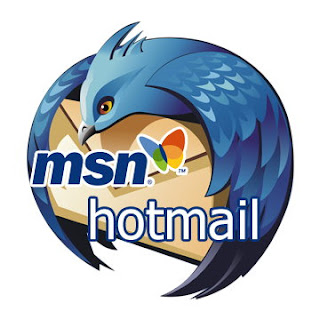Mozilla Firefox users
Viewing History
Press Ctrl + H to open the left-side history bar.
or
Click History at the top of the window.
or
Users using earlier versions of Mozilla Firefox can also view their history by clicking "Go" and clicking "History."
Deleting History
Press CTRL + Shift + DEL to open the Clear All History
window.
or
Mozilla Firefox users can clear their history by
clicking the "Tools" menu, "Options", clicking the "Privacy" button, and
under "History" click the "Clear" or "Clear Now" button.
Google Chrome users
Viewing History
Press Ctrl + H to open the left-side history bar.
or
Click on the "wrench" icon
 ,
which is located near the top-right side of the browser window and then
click History.
,
which is located near the top-right side of the browser window and then
click History.
Deleting History
Press CTRL + Shift + DEL to open the Clear Browsing Data Window.
or
- Click on the "wrench" icon
, which is located near the top-right side of the browser window.
- Move your mouse over Tools, then select Clear browsing data...
- Select the amount of time you want to go back to delete in your history. You can choose from the past hour, the past day, the past week, the last four weeks, and the beginning of time.
- Select the types of history you would like to delete. You can choose as many as you like from this list:
Clear browsing history, Clear download history, Empty the cache,
Delete cookies and other site and plug-in data, Clear saved passwords, and
Clear saved Autofill form data.
- Click the Clear browsing data button. This will clear the selected types of Internet history for the chosen time period.
Viewing History
Click Help and then About.
Within the About Opera window you'll see the full path to where the
cached files are stored. Browse to that file path to view cached files.
Deleting History
Opera
users can delete their history by clicking the "File" menu,
"Preferences", "History", and click "Empty now" button. In addition,
users can check "Empty on exit" if they wish for this task to occur each
time they exit the browser.
Viewing History
- Microsoft Windows users can view history by first opening Netscape and click the "Edit" menu, "Preferences", "History", and view the location where Netscape is storing your files. Next, open this folder within Explorer.
Deleting History
- Netscape users can delete their history files by clicking the "Edit" menu, "Preferences", "History", and click the "Clear History" button.
Microsoft Internet Explorer users
Viewing History
- Microsoft Internet Explorer 7 and above users can view their history files by clicking the "Tools" menu, "Internet Options", clicking the "Settings" button under the Browsing history, and then clicking the "View Files" button.
- Microsoft Internet Explorer 6.x users can view their history files by clicking the "Tools" menu, "Internet Options", clicking the "Settings" button, and then clicking the "View Files" button.
Deleting History
Press CTRL + Shift + DEL to open the Clear Browsing History window.
or
- Microsoft Windows users running Microsoft Internet Explorer 6 and above can delete their history files by clicking the "Tools" menu, "Internet Options", and clicking the "Delete Files" or "Delete" button. Users also have the option of automatically deleting files each time the close the browser window by clicking the "Advanced" tab and checking "Empty Temporary Internet Files folder when browser is closed" under the "Security" section.
- Microsoft Internet Explorer 4.x users on an Apple Macintosh can delete the history by clicking the "Hard Drive" icon, "System", "Preferences", "Explorer", and moving the history file into the trash.
- Microsoft Internet Explorer 3.02 and lower users can delete their history by clicking the "View" menu, "Options", open the tab "Advanced", click the "Settings" tab, and click the "Empty Folder" button.




















